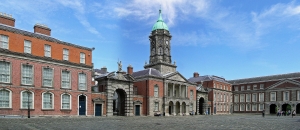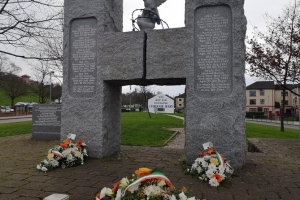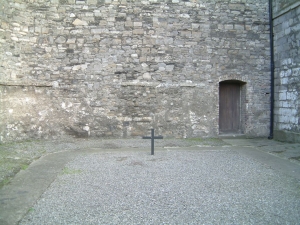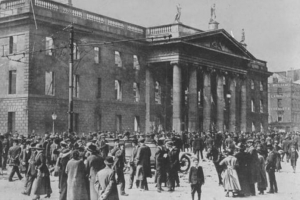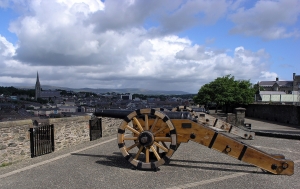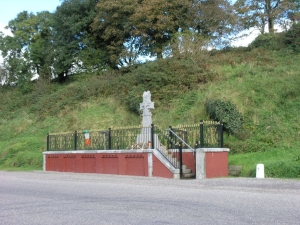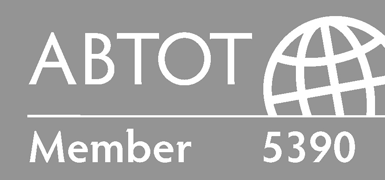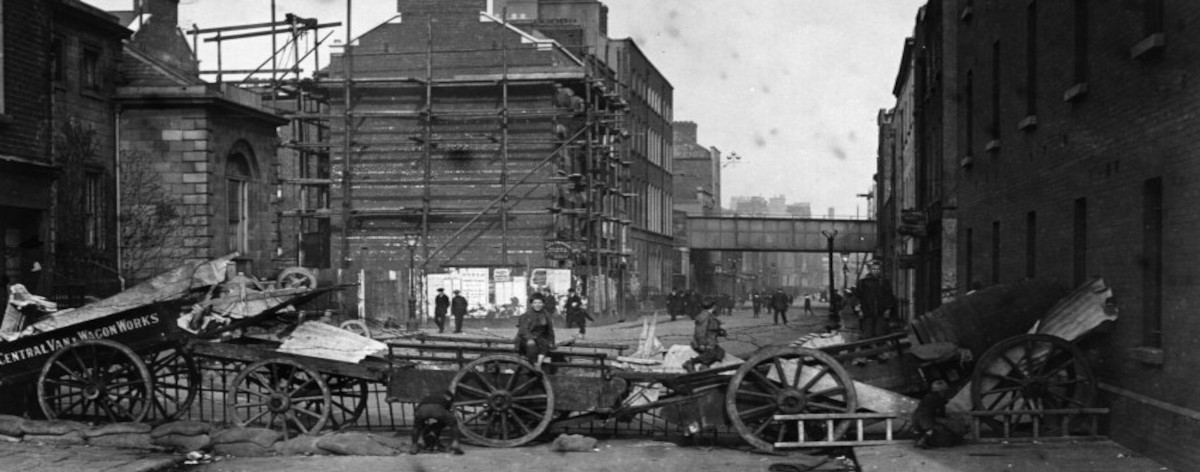
Ireland: from the Easter Rising to the Troubles
The Myths and Realities of Conflict and Peace
Ireland: from the Easter Rising to the Troubles
The Myths and Realities of Conflict and Peace
Your Holiday Essentials
20th - 28th July 2026
(9 Days)
3 or 4-star hotels, meals as indicated, optional travel from UK, drinks with dinner, all entrance fees, tour manager and expert historian throughout.
Expert Historian: Professor Gary Sheffield
Prices:
Standard price: £3,875
Incl. travel from UK: N/A
Room sole occupancy supplement: £565
Non-refundable deposit: £775
Booking open
|
|
Tour Introduction
This 8-night and 9-day tour traces the bitter events of the twentieth century on the island of Ireland from the fight for independence from the British state to the tragic consequences of partition in 1921 and the development of the ‘Troubles’ in the late twentieth century. It is a tour that will furnish you with a balanced, sensitive and considered appreciation of the origins and development of a conflict that has divided communities. Yet at the same time the tour provides an insight into the efforts of ordinary people and their striving for peace so that, although tensions in the north remain, the Troubles are now in the past. In the company of our expert historian this is a unique tour that will bring new perspectives on the conflict based upon the latest cutting-edge historical research.
The tour starts with the events of Easter 1916 in Dublin when Irish republicans wanting independence started an open war against British authorities. In the company of our expert historian we follow these events and the places where they happened. Travelling by coach we then move south into Ireland’s rural heartlands to explore the Civil War that followed partition in 1919. We visit Killmallock, site of the only pitched battle of the war, and places associated with the rebel anti treaty faction in the so-called ‘Muster Republic’. Our visit includes the site of the Soloheadbeg ambush, the first engagement of the Civil War in 1919, and the assassination site of the pro-treaty leader Michael Collins. We then move to Belfast where we examine the events of the Troubles. In a day trip to Derry, considered the starting point for the conflict, we tour the Bogside and city walls so emblematic of these devastating events. In Belfast we benefit from tours of the areas affected by the troubles and visit Stormont, seat of government of Northern Ireland. Our tour finishes at the Titanic Exhibition in Belfast which relates the remarkable story of the liner as well as Belfast’s proud ship building traditions.
Our expert historian will also introduce new perspectives on the conflict based upon the latest cutting-edge historical research.
Background
Resistance to British rule in Ireland goes back centuries and was exacerbated by the ‘planting’ of Protestant settlers on the indigenous Catholic population, chiefly in the north. Violent opposition erupted in 1916 when militant republicans attacked British forces in Dublin in a bid to win independence. The Easter Rising was put down brutally but demands continued leading to republican parties declaring independence in 1919. This triggered a war of independence against the British which lasted until 1921. Conflict in the north was on sectarian grounds with Catholics mainly favouring independence and Protestants (Unionists) mainly loyal to the British state. In December1921 the Anglo-Irish Treaty was signed which created the Irish Free State with the 6 counties of Ulster forming Northern Ireland, to remain part of the United Kingdom. This soon precipitated a Civil War between anti- and pro-treaty republicans with the latter eventually getting the upper hand. Through the following decades a large minority of the population of Northern Ireland were Catholics who wanted to be part of an independent Ireland. The seeds were sown for further conflict.
Facing continuing discrimination in the north, Catholics began to agitate for better political and economic rights leading to increased tension. In 1969 a Protestant Orange Order march passed through the predominantly Catholic Bogside area of Derry leading to 3 days of rioting – the Battle of the Bogside – after which the British government sent troops to Northern Ireland. There ensued a worsening security situation with the rise of paramilitary organizations on both sides. On 30 January 1972 the army shot to death 13 unarmed demonstrators in Derry in what came to be known as ‘Bloody Sunday’. After decades of terrorist acts and political mistrust in 1998 the Good Friday Agreement was signed between the British and Irish governments and rival parties, including Unionist and Republican. This is seen as the end of the ‘Troubles’ which had killed 3,720 people, injured over 47,500 and caused enormous economic damage.
Highlights
• Stay in the vibrant cities of Dublin, Cork and Belfast
• Explore Dublin’s Easter Rising and Civil War story including The General Post Office, Royal College of Surgeons, Croke Park and Kilmainham Gaol
• Visit the superb National Museum of Ireland with its exhibitions on the period
• Explore the Irish Civil War in the south including the site of Michael Collins’s assassination at Béal na Bláth, Clonmel and the beautiful Knockmealdown mountains
• Tour the Bogside area of Derry and the Shankhill and Falls areas of Belfast in the company of guides from the communities affected by the Troubles
What's Included
- 3 & 4 Star Hotels
- Buffet breakfast each morning
- Two drinks i,e wine or beer at each dinner and a welcome drink on first evening
- Expert historians throughout providing a daily variety of talks, presentations and Q&A
- Dedicated Tour Manager
- Modern, comfortable, air-conditioned coach
- Tour information booklet
- Access to the Cultural Experience app
- The company of like-minded travelers
- Helpful and friendly travel advice
- Meals as indicated in the itinerary
"The path of peace is never easy. But the parties have made brave decisions. They have chosen hope over hate; the promise of the future over the poison of the past."
President Bill Clinton, commenting on the Anglo-Irish Agreement, 10 April 1998
Itinerary
Day 1: The lead up to the Civil War
Assemble at our central Dublin hotel, our base for two nights, in time to enjoy a sandwich lunch and introductory talk. (B,D)
Embark on an afternoon tour of Dublin in the Irish War of Independence from the Easter Rising of 1916 to the Anglo- Irish treaty of 1921 (on foot and using public transport). This will include The General Post Office, headquarters of the Rising’s leaders; The Royal College of Surgeons, occupied by Irish Citizen Army forces; and Croke Park, scene of the shooting of 14 defenceless spectators at a Gaelic football match by the Royal Irish Constabulary on ‘Bloody Sunday, 21 November 1920. (B, D).
Day 2: The Civil War starts in Dublin
Today we continue our exploration of the war by visiting The Four Courts (exterior only), occupied by rebel units on the first day of the Rising and around which some of the fiercest fighting took place. We then move to the Collins Barracks, from which a Battalion of the Royal Dublin Fusiliers were dispatched to quell the Rising. Now the National Museum of Ireland we pause here to view the excellent exhibition on the Civil War and accompanying artefacts. The afternoon is spent at Kilmainham Gaol where prisoners were held during both conflicts. After the Rising 14 rebel leaders were executed in the prison yard. (B, D).
Day 3: The Munster Republic
Leaving Dublin we head south to the self-styled ‘Munster Republic’ and visit the various sights of the battle of Killmallock (July-August 1922), one of the largest engagements of the Irish Civil war. Then it’s on to Ireland’s second city, Cork, the final city of the republic to fall to the Free State forces on 10 August 1920. Hotel in Cork – 1 night. (B, D).
Day 4: The Leaders
Michael Collins and Liam Lynch: The leader of the Free State forces, Michael Collins, was assassinated at Béal na Bláth on 22 August 1922. We visit the site of the assassination and discuss the events that took place there. We then continue north to the final battles of the Civil War, Liam Deasey’s capture at Clonmel, the death of Liam Lynch and the capture of other high ranking anti-treaty leaders around the Knockmealdown mountains. These events would lead to the eventual declaration of a ceasefire by Frank Aitken, leader of the Anti-Treaty forces, on 30 April 1922. Hotel in Tipperary – 1 night. (B, D).
Day 5: Towards the Fee State, Éire and Republic of Ireland
We leave Tipperary and make our way to site of the Battle of the Boyne (1 July 1690). It was here that the deposed Catholic King James of England attempted to regain his throne from the Protestant King William (of Orange). The battle ended in defeat for James with reverberations lasting until the present day. The battle is commemorated in Northern Ireland every July by the Protestant Orange Order. After exploring the informative visitor centre and site itself we check-in to our hotel in Drogheda for one night. (B, D).
Day 6: Stormont
Today we head north for Ulster where we visit the fabulous Battle of the Somme Museum and followed by a visit the Irish Parliament at Stormont where we hear how Northern Ireland is governed today 27 years after the Good Friday Agreement of 1998. Check-in to our central Belfast hotel for three nights. (B, D).
Day 7: The Troubles
Today we begin our exploration of the violent sectarian conflict in Northern Ireland known as the Troubles. Travelling for the day to Derry we start at the Bogside which became something of an epicentre of unrest from the late 1960s onwards. Here we have a private tour of the area by a guide from the community affected by the violence. We hear the story of Bloody Sunday on 30 January 1972 when 13 civilians were shot dead by the British Army. In the afternoon we have time to walk the city walls hearing of the siege of Derry (1689), visit the Siege Museum and (if time) the Guildhall. In the late afternoon we return to Belfast. Dinner at own expense.(B).
Day 8: Belfast Troubles and the Titanic
Today we visit the main Protestant and Catholic areas of Belfast that stood uncomfortably side by side during the Troubles. We start with a tour of Crumlin Gaol, where many political prisoners were incarcerated, before embarking upon a walking tour (approximately 3 miles) of the Shankhill and Falls Road areas, Protestant and Catholic respectively. We visit the Peace Wall separating the two communities and examine some of the remarkable political graffiti that has become a hallmark of Belfast. At Bombay Street we visit a memorial commemorating the first street to be attacked at the beginning of the unrest. This afternoon we visit the wonderful interactive and immersive Titanic exhibition which tells the story of the ill-fated ship was built in Belfast and sank in the north Atlantic in 1912. (B, D).
Day 9: Homeward Bound
We catch the fast morning train back to Dublin where our tour ends approximately 13:00. (B).
Recommended Reading List
- Between Two Hells: The Irish Civil War
- Not While I Have Ammo: A History of Captain Connie Mackey, Defender of Ireland's Alamo
- The Troubles: Ireland's Ordeal 1966-1995 and the Search for Peace

Professor Gary Sheffield
Your Holiday Essentials
20th - 28th July 2026
(9 Days)
3 or 4-star hotels, meals as indicated, optional travel from UK, drinks with dinner, all entrance fees, tour manager and expert historian throughout.
Expert Historian: Professor Gary Sheffield
Prices:
Standard price: £3,875
Incl. travel from UK: N/A
Room sole occupancy supplement: £565
Non-refundable deposit: £775
Booking open
|
|

